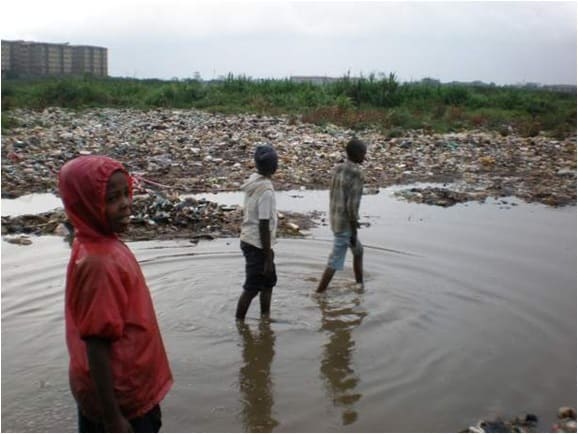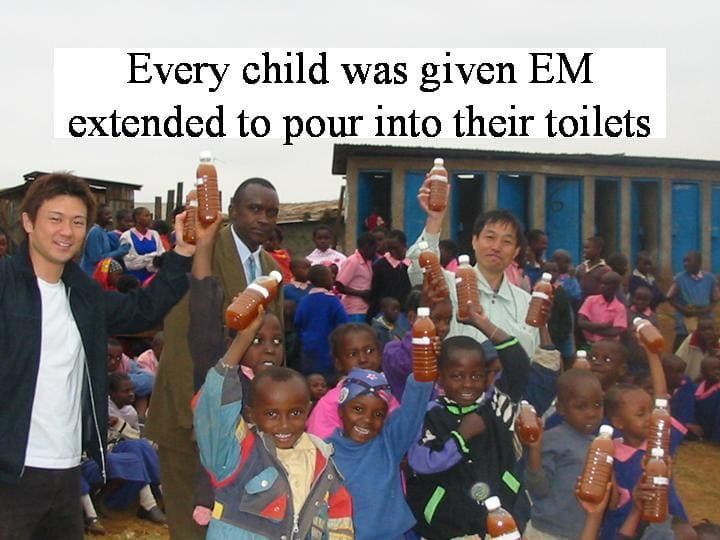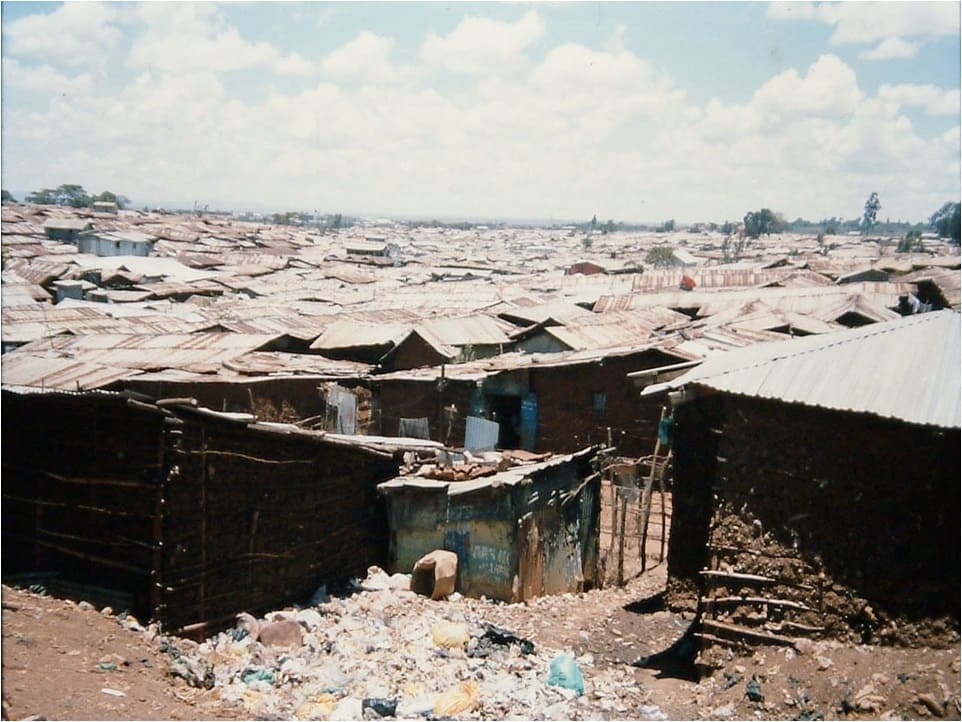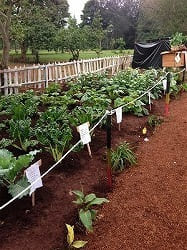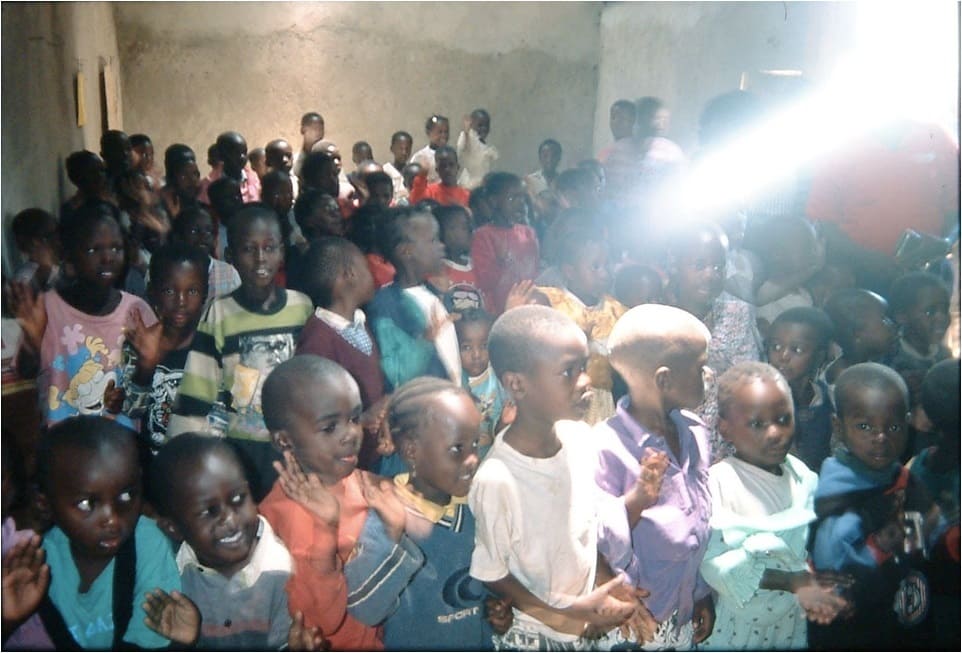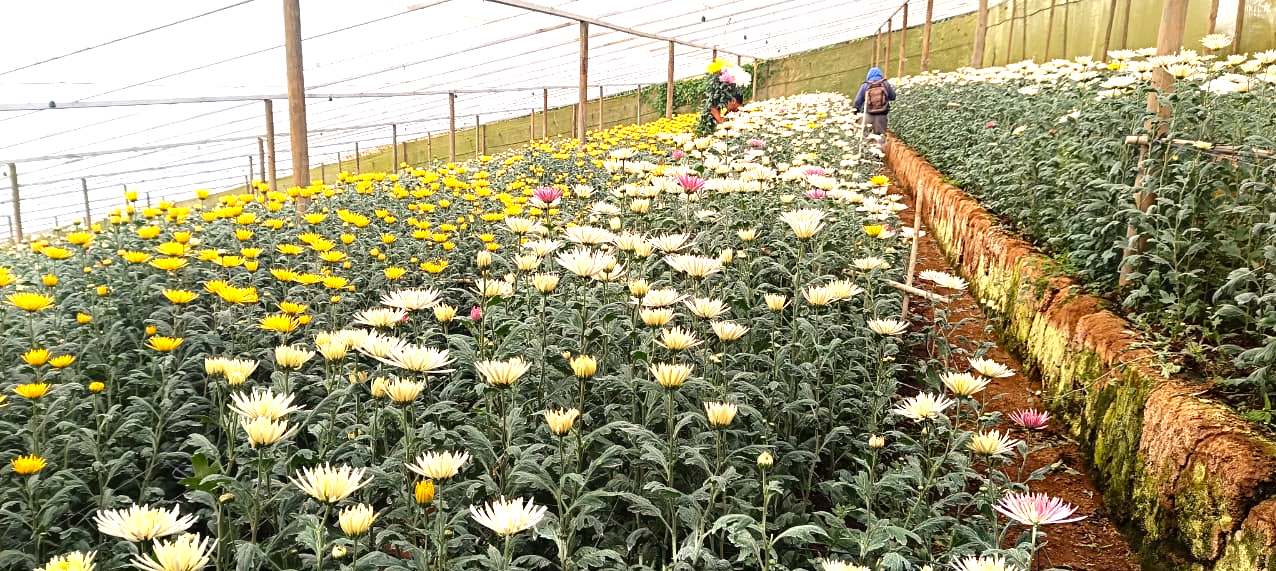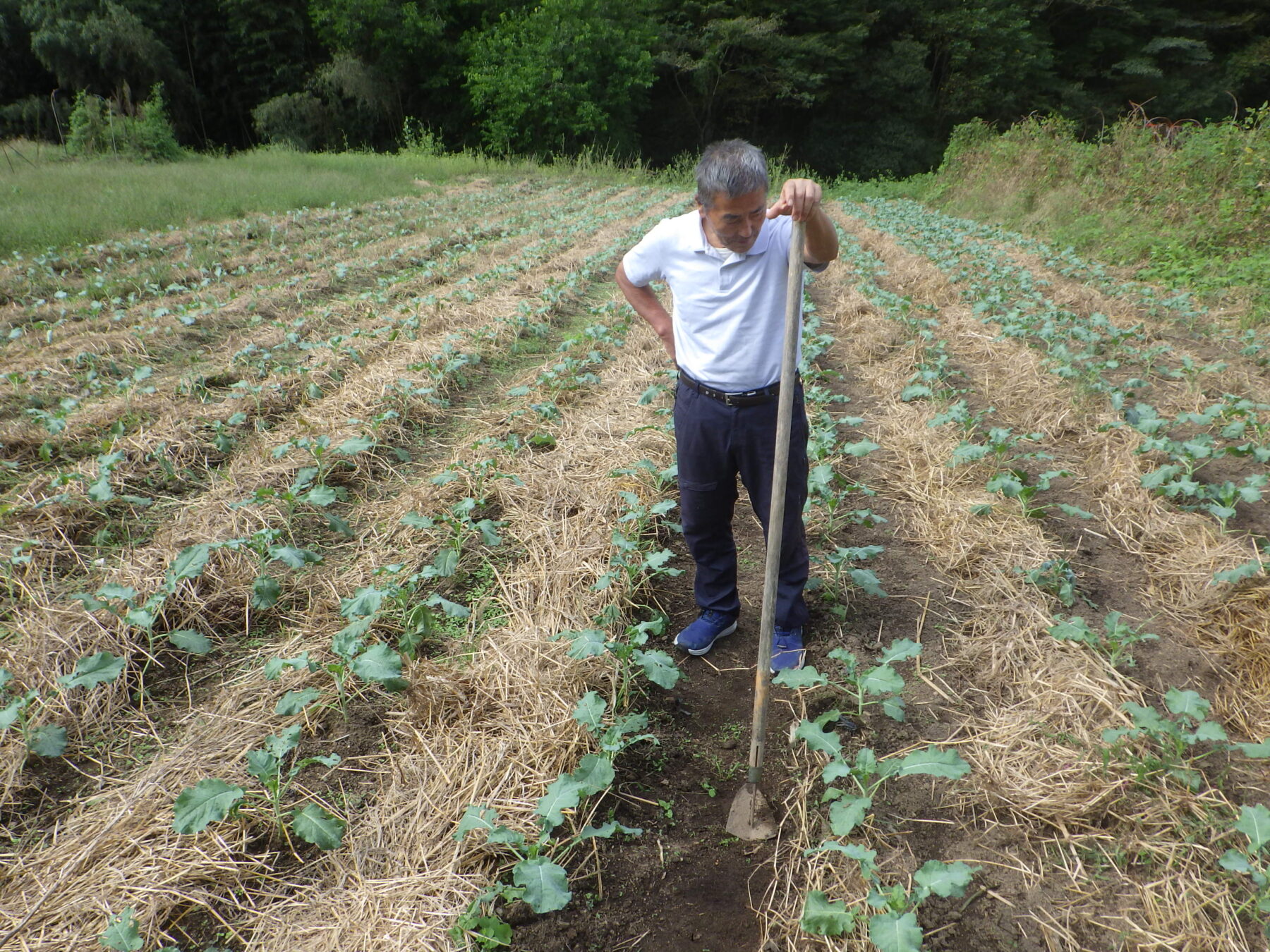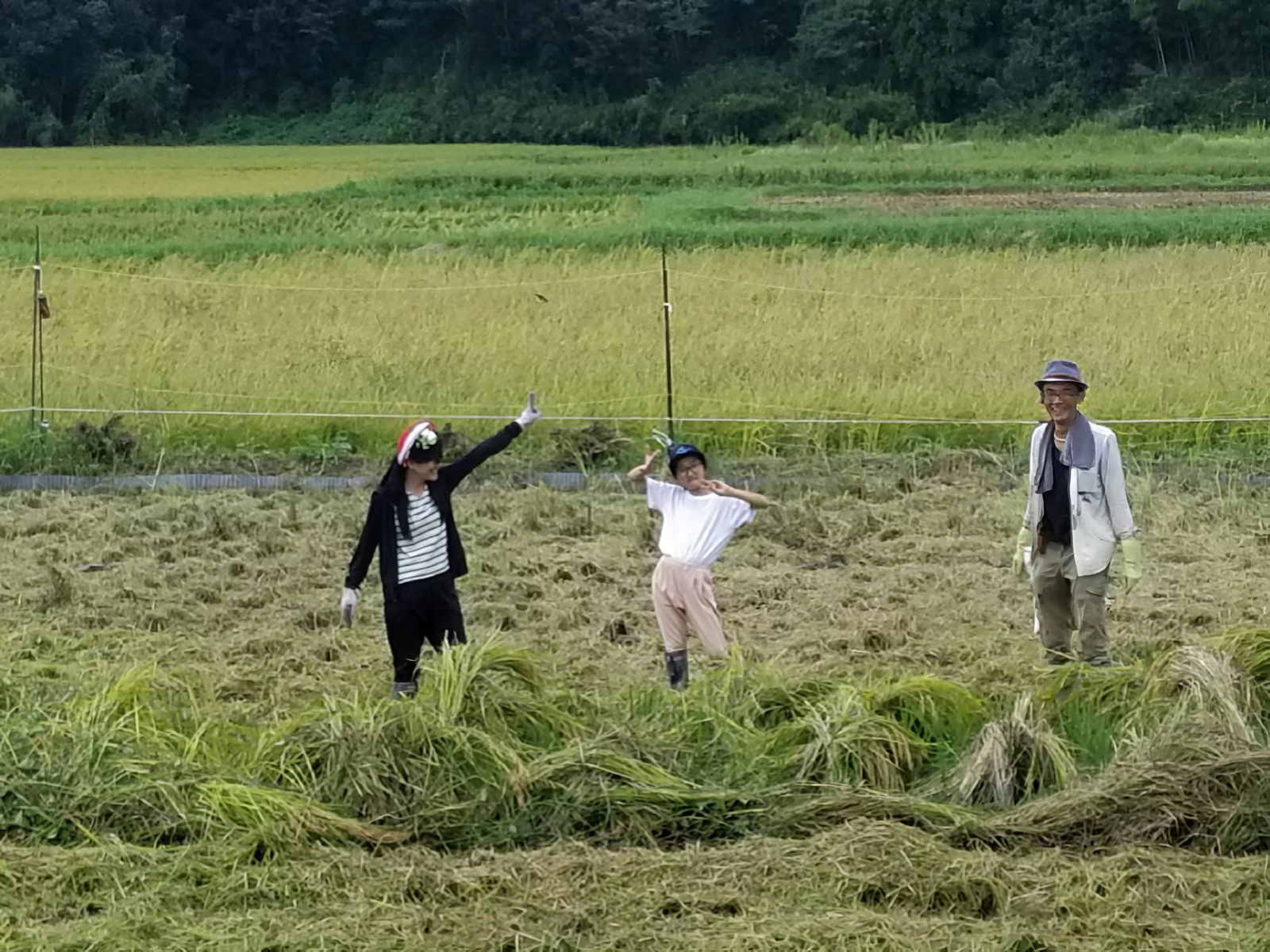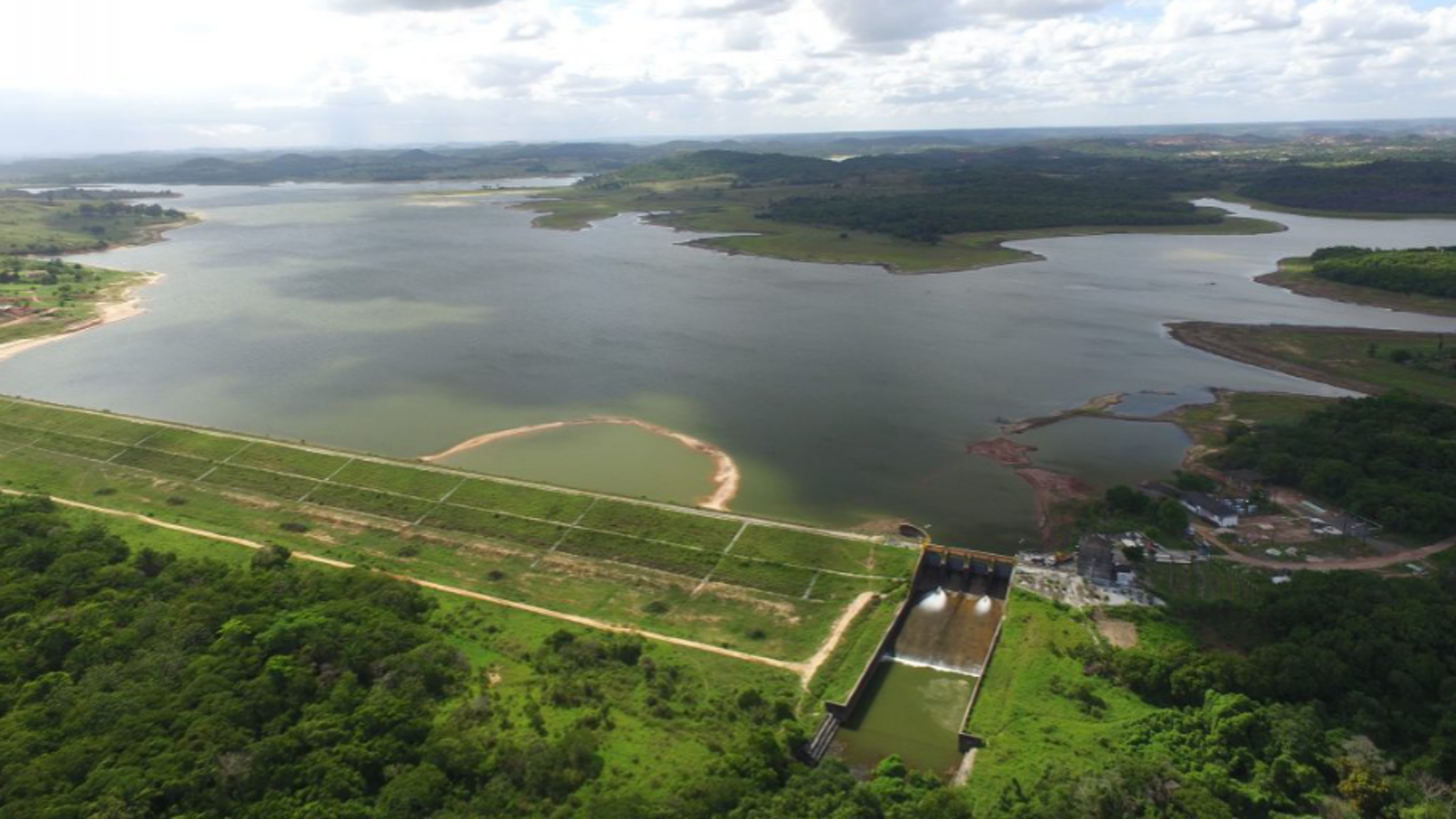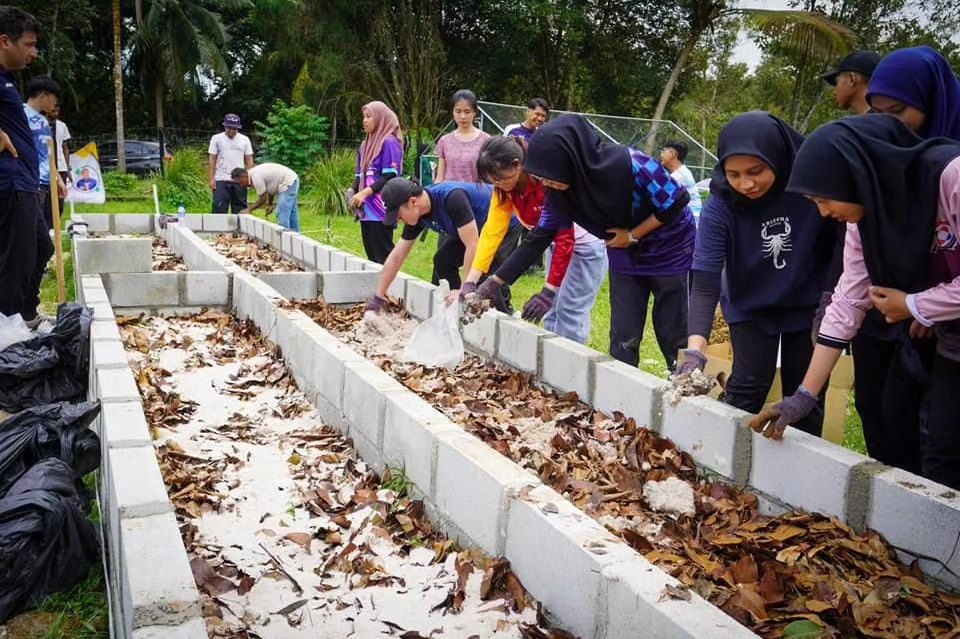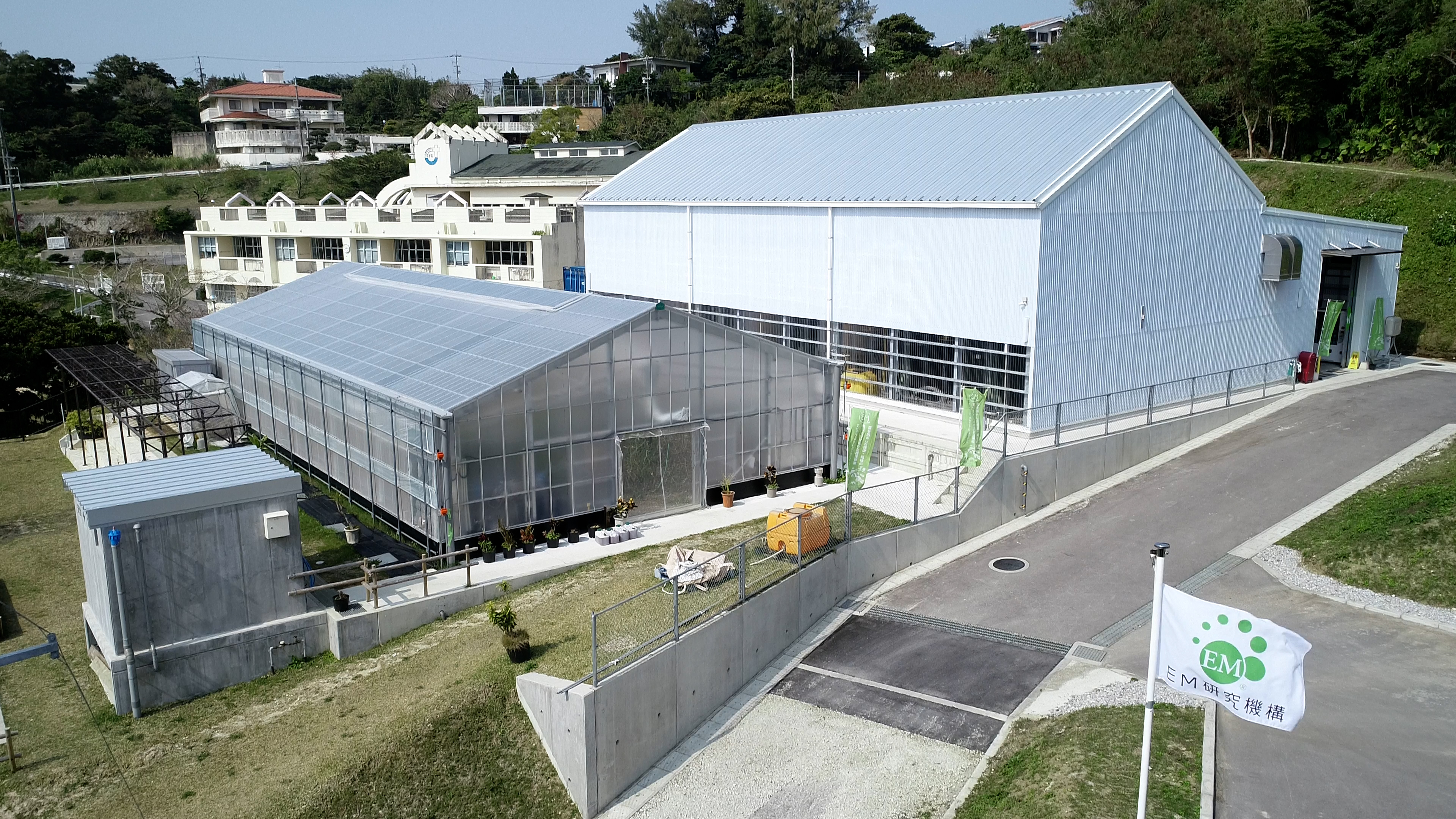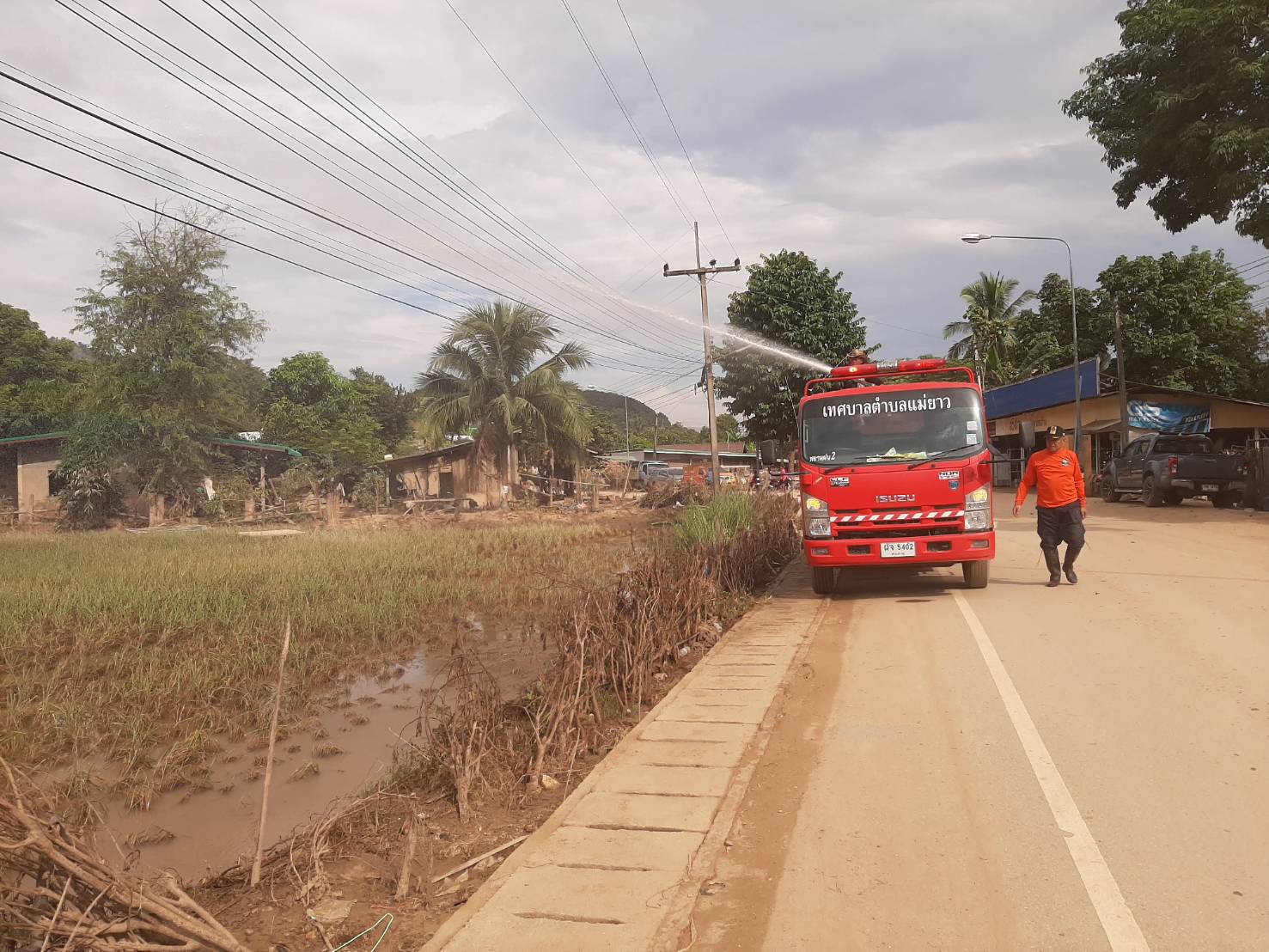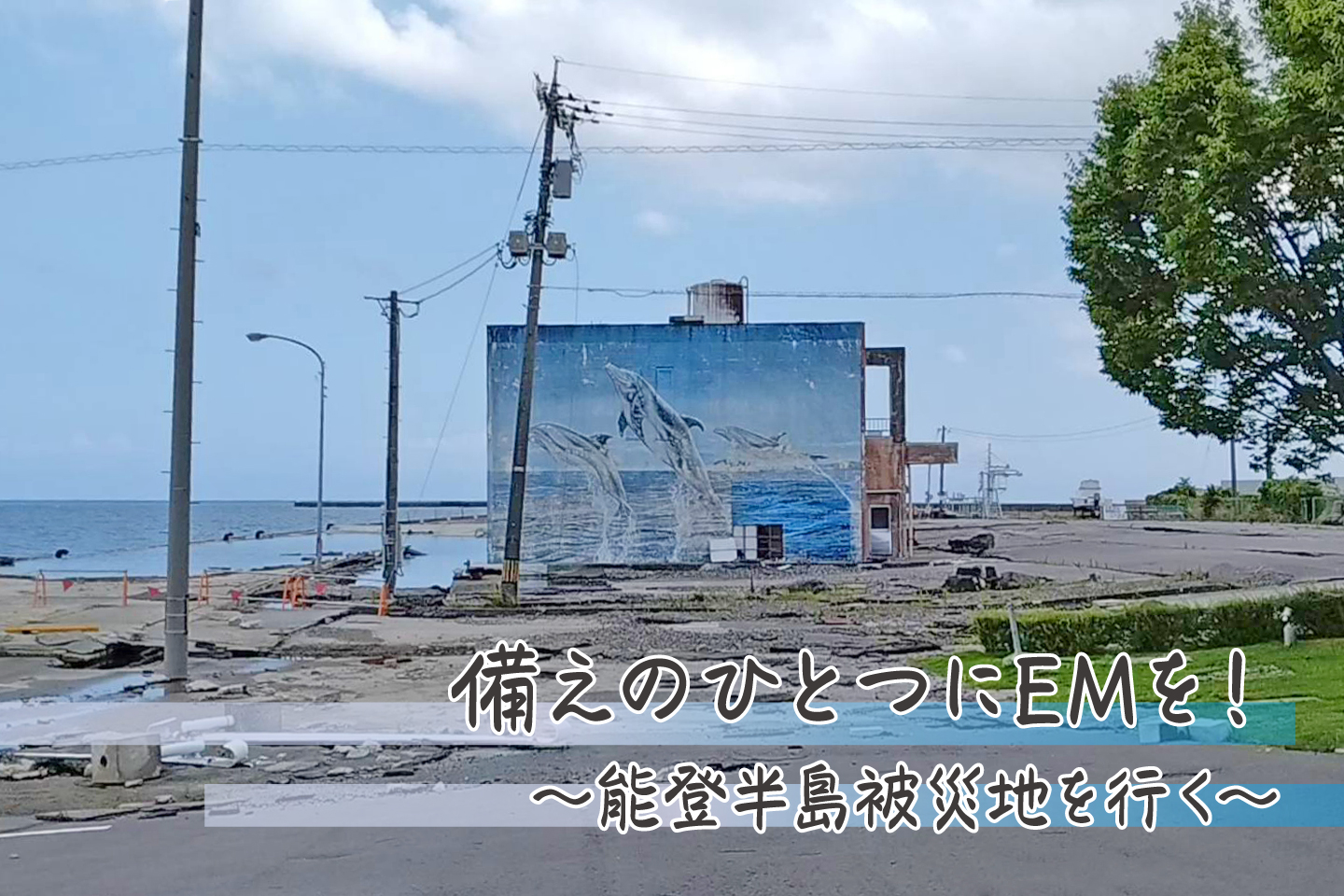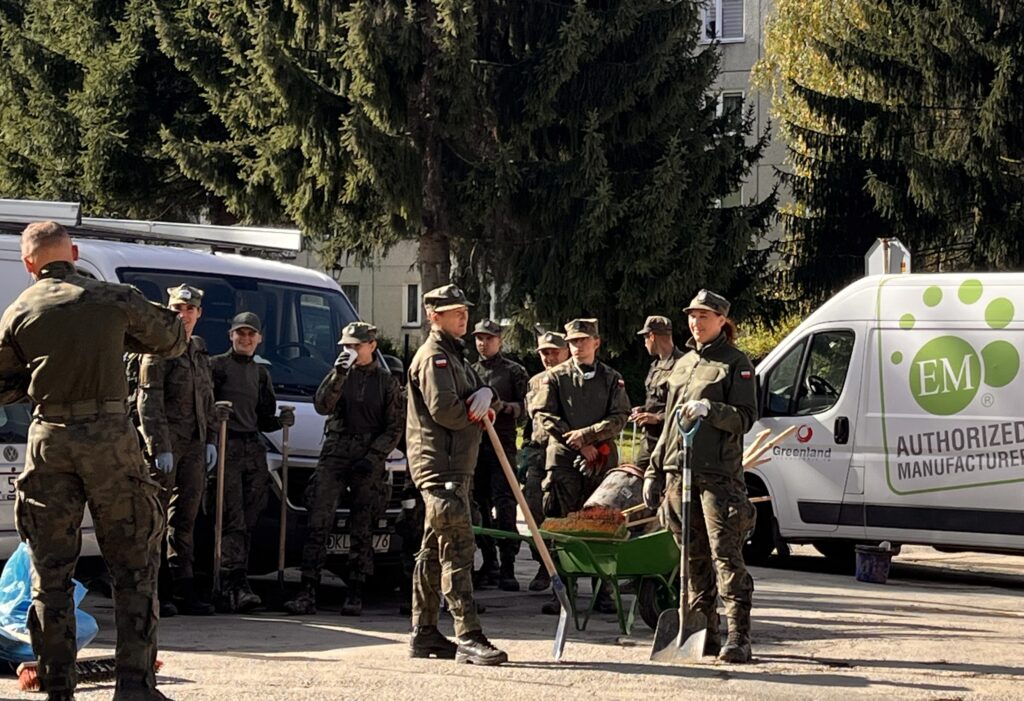Case Studies
Kibera Changed with EM Technology
Nairobi, Kenya
Largest Slum in East Africa
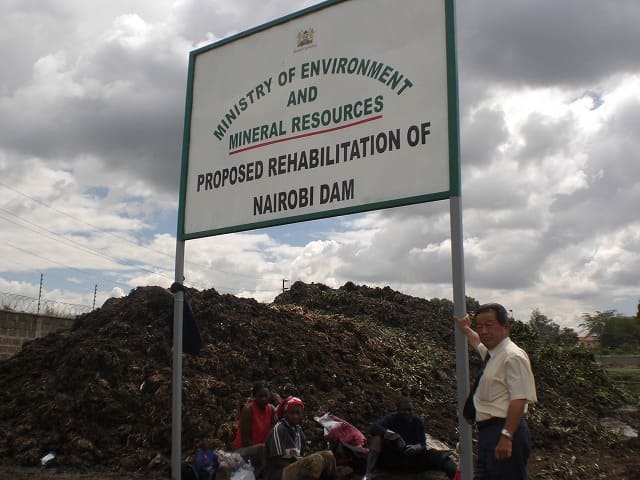
Located in the capital city of Nairobi, Kibera slum is the largest slum in East Africa hosting approximately 800,000 people in a 235Ha area. The exact number of people is still unknown and increasing due to the rush of people from neighboring countries and rural areas who are looking for a job. It is said that there are probably more than 1.2 million people.
The people live in inadequate houses without tap water and there are no toilets in the most precarious condition. Moreover, household water drain to common channels running between houses, causing putrefaction, bad odors and propagation of flies conducting to the worst hygienic conditions.
The people live in inadequate houses without tap water and there are no toilets in the most precarious condition. Moreover, household water drain to common channels running between houses, causing putrefaction, bad odors and propagation of flies conducting to the worst hygienic conditions.
A Joint Project to Improve Sanitary at the Slum
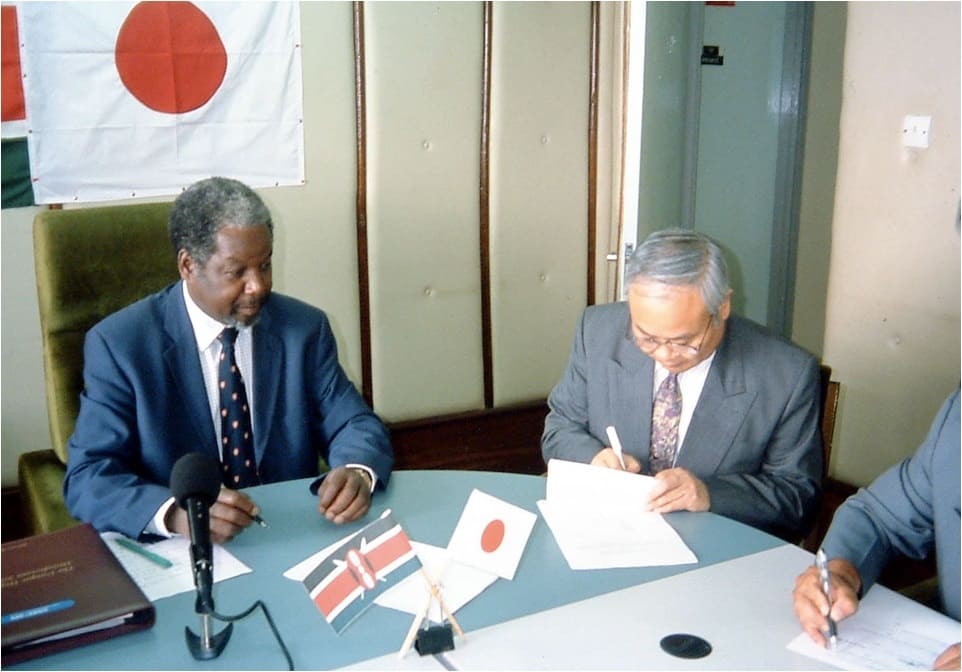
In 2002, Prof. Higa went on a visit to Kenya and inspected Kibera slum, thanks to the action of Mr. Yasuo Shiojiri, the Director of Effective Microorganisms Technologies Limited, official partner of EM Research Organization (EMRO). Totally shocked by the extremely conditions of the residents, Prof. Higa proposed to improve environment and sanitary problems applying EM Technology.
In 2003, a joint project of the NGO group African Children Education Fund (ACEF), Kenya Ministry of Health, Ministry of Environment and Mineral Resources, Corporation Aggregate Japan WHO Association Okinawa Branch and EM Research Organization launched as a long-term project to improve quality of life of residents in Kibera slum.
In 2003, a joint project of the NGO group African Children Education Fund (ACEF), Kenya Ministry of Health, Ministry of Environment and Mineral Resources, Corporation Aggregate Japan WHO Association Okinawa Branch and EM Research Organization launched as a long-term project to improve quality of life of residents in Kibera slum.
Concurrent Projects to Energize the Slum
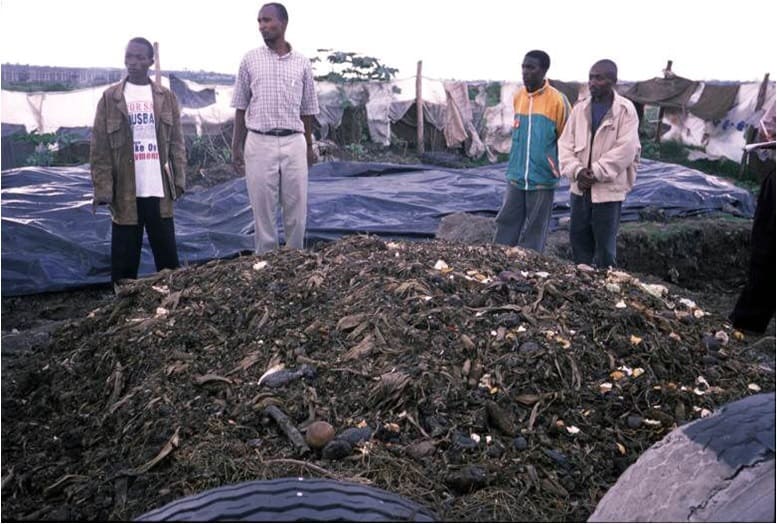
EM Technology was granted with the “Environmental Impact Assessment License (Reg. No. 0001718)” from the National Environment Management Authority (NEMA, 2008).
In line with this, a pilot project; “The Effective Microorganisms (EM™) in sludge digestion, control of flies, mosquitoes and odor in pit latrines in Kibera, Nairobi, Kenya” started since 2003.
In this project, EM Technology has being applied for
1) Developing a system to solve sanitary problem
2) Recycling kitchen garbage and plastic waste
3) Purifying the Nairobi dam and composting water hyacinth
4) Developing diet supplement for HIV/AIDS patients
5) Training and capacity building
EM activities in Kibera started to improve the sanitation in pit latrines and trenches in the slum while eliminating the foul odor and decomposing the waste with EM Technology.
At the same time, people in the slum was being also educated to use EM Technology application for making compost from the waste, which is helping to the low income people in the slum. This case study was a good example for training and provide know how for the low income people.
In line with this, a pilot project; “The Effective Microorganisms (EM™) in sludge digestion, control of flies, mosquitoes and odor in pit latrines in Kibera, Nairobi, Kenya” started since 2003.
In this project, EM Technology has being applied for
1) Developing a system to solve sanitary problem
2) Recycling kitchen garbage and plastic waste
3) Purifying the Nairobi dam and composting water hyacinth
4) Developing diet supplement for HIV/AIDS patients
5) Training and capacity building
EM activities in Kibera started to improve the sanitation in pit latrines and trenches in the slum while eliminating the foul odor and decomposing the waste with EM Technology.
At the same time, people in the slum was being also educated to use EM Technology application for making compost from the waste, which is helping to the low income people in the slum. This case study was a good example for training and provide know how for the low income people.
Details of the Projects
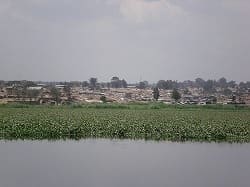
The project was divided in two phases:
During the Phase 1, the inspection on the condition of toilets and houses in general was launched to start with the EM Technology program.
People in the slum needed more education and training to know how to organize their own garbage. Since, most houses do not have toilets, many people did their business in plastic bags and pump them into the channels. This was a serious problem of pollution and source of disease and infections.
Workshops were organized to train leaders and learn on how to compost organic waste with EM Technology.
During the Phase 2, African Children Education Fund (ACEF), Kenya Ministry of Health, Ministry of Environment and Mineral Resources with the cooperation of Nairobi West Prison are mainly dedicated to remove the water hyacinth densely multiplied at Nairobi dam and make EM compost with the collected hyacinth. This high quality EM compost is sold and given another alternative to get incomes.
- Phase 1 had carried out from 2003 and mainly focused on research and examination for sanitary management with EM Technology.
- Phase 2 has carried out to from 2008 and focused on the waste water treatment of Nairobi dam.
During the Phase 1, the inspection on the condition of toilets and houses in general was launched to start with the EM Technology program.
People in the slum needed more education and training to know how to organize their own garbage. Since, most houses do not have toilets, many people did their business in plastic bags and pump them into the channels. This was a serious problem of pollution and source of disease and infections.
Workshops were organized to train leaders and learn on how to compost organic waste with EM Technology.
During the Phase 2, African Children Education Fund (ACEF), Kenya Ministry of Health, Ministry of Environment and Mineral Resources with the cooperation of Nairobi West Prison are mainly dedicated to remove the water hyacinth densely multiplied at Nairobi dam and make EM compost with the collected hyacinth. This high quality EM compost is sold and given another alternative to get incomes.

